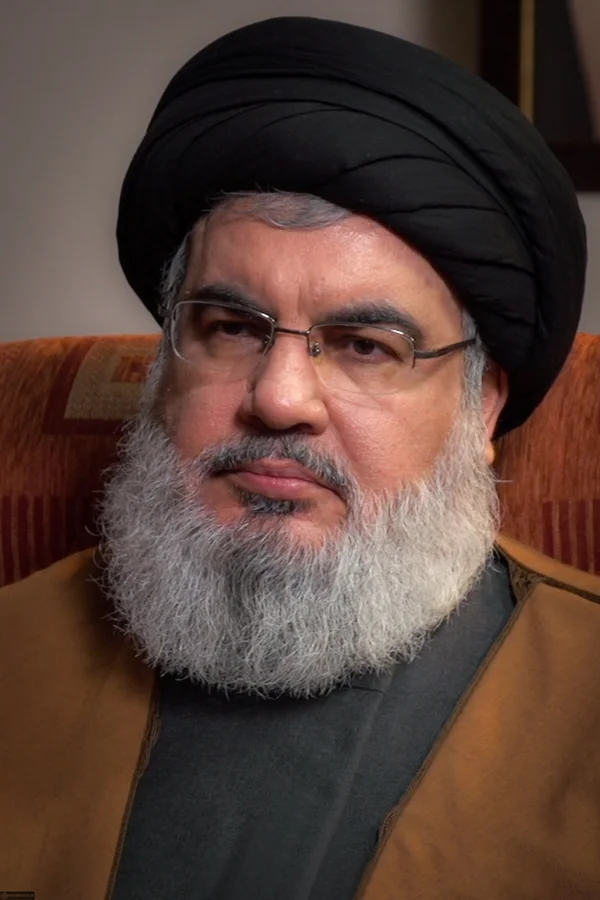Hasan Nasrallah, the Hezbollah leader reportedly killed by the IDF in yesterday’s bombing of Beirut, built his life and political career around one core mission: armed resistance to Israel’s presence in Lebanon and the region.
This mission eventually positioned him as the only Arab Shiite leader capable of standing on equal footing with Iran’s supreme leader, Ali Khamenei. Nasrallah’s unquestioned authority came primarily from his noble lineage within Shiism: he belonged to the sadat, the descendants of the Prophet Muhammad.

His black turban symbolized this direct link to the Prophet. As a sayyid (pl. sadat), his words and actions were considered inherently righteous, revered by followers and fighters alike.
Forced into secrecy for over two decades, Nasrallah was born in 1960 in a refugee camp on Beirut’s outskirts.
His father, a migrant from Lebanon’s impoverished south, ran a fruit stand in the Burj Hammud slums. The ninth of ten children, Nasrallah fled Beirut at 15 when Lebanon’s civil war broke out in 1975.
In Tyre, where his family took refuge, Nasrallah joined the newly formed Amal movement, the first political force advocating for the rights of Lebanon’s marginalized Shiite community.
In 1978, Israel launched its first invasion of Lebanon. Fully aware of his responsibilities, the young Nasrallah studied at key Shiite religious and political centers: first in Najaf, Iraq, then in Qom, Iran.
After being expelled from Saddam Hussein’s Iraq and briefly returning to Lebanon, Nasrallah was in Qom when Israel mounted its massive 1982 invasion of southern Lebanon, reaching Beirut.
Revolutionary Iran, led by Ruhollah Khomeini, welcomed Nasrallah and other emerging Lebanese Shiite leaders. Returning from Qom, Nasrallah assumed a key political role within Amal in the Bekaa Valley.
During this time, however, a faction of Amal—backed by Iran’s Revolutionary Guards—split off to form what would become Hezbollah, an Islamic resistance movement against Israel.
The turbulent 1980s culminated in Nasrallah’s rise to leadership in 1992 at the age of 32, following the Israeli assassination of his predecessor, Abbas al-Musawi.
Since then, Nasrallah’s political ascent has been marked by local and regional successes: Israel’s military withdrawal in 2000, Hezbollah’s defiance in the 2006 war, its dominance in Lebanon after the 2008 clashes, and its intervention in Syria from 2012 onwards, taking part in the killing of many Syrian civilians.
This trajectory reached a critical juncture on October 8, when Nasrallah publicly declared Hezbollah and the broader Axis of Resistance’s decision to support Hamas in Gaza. “The battle may be long, but we will prevail,” Nasrallah proclaimed in his last televised address on September 19.
If his death is confirmed, questions arise about who could possibly fill his shoes—not only as Hezbollah’s leader but also as the region’s sole figure capable of raising the ‘finger of resistance’ against Israel.
[update and revision of an article for ANSA written on the evening of September 27, 2024]
